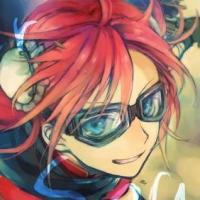-
Posts
399 -
Joined
-
Last visited
-
Days Won
28
Sparkette's Achievements
Single Status Update
-
Does anyone have any idea what DCO stands for? It's in the same context as DDO, which I know means Data Display Object.
-

-

Not sure. In this context it's part of LabVIEW's internal data structures for front panel/block diagram objects. Often DDO structures are contained within them. But a DCO is often used even when the data doesn't need to be displayed (in which case there's no DDO) such as for parameter terminals, For/While loop terminals, etc.
Data Container Object maybe?
-

I believe, DCO stands for Data Controller Object and DDO should be Data Display Object. You might see DCOs and DDOs already with the help of Heap Peek. I didn't study DDOs much (it's either a control or an indicator), but a DCO controls how and which data is passed through a single terminal (on BD) or control/indicator (on FP). You may find any SubVI's/node's terminal w/ Heap Peek and in its properties you should find an address of DCO assigned to it. The same is doable with controls and indicators on Front Panel. On BD DCOs are called Parameters or EFN Parameters (for CLFNs) or somehow else. On FP they're called FrontPanelDataControllers. It's easy to find them using "F" button of Heap Peek. There are two internal functions in LabVIEW, which read and write from/to a DCO's (Transfer/Execution/Operate) data buffer: ReadDCOTransferData and WriteDCOTransferData. These funcs are used in Get Control Values By Index and Set Control Values By Index behind the scenes. It's even possible to call these funcs from BD directly to mimic the foresaid instruments behaviour.
-





